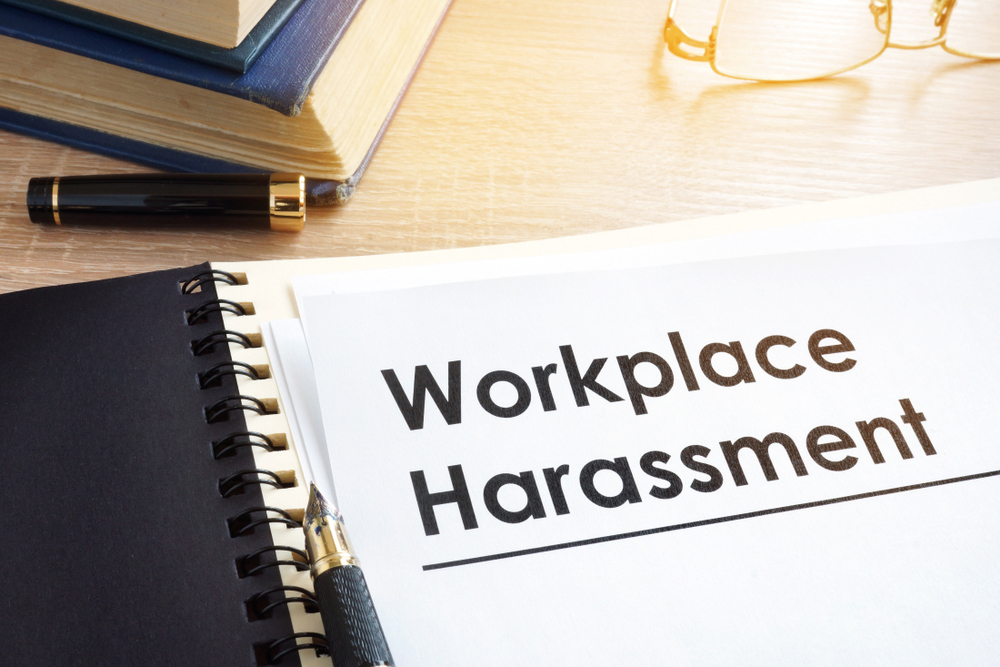It should go without saying that most employers want to create an environment free from all types of harassment. Not only do they not want to be held liable for such behavior, it’s also simply the right thing to do. That said, fostering a workplace culture that allows harassing behaviors may happen more often than many of us realize. This is in part because many behaviors can be deemed to be harassing in nature (or creating a hostile environment)—and the individuals perpetuating them (and the managers who are in charge of the individuals) may not even realize they’re doing so if they’re not paying attention.
The key here is that some employers may be allowing or fostering a hostile work environment unintentionally and/or unknowingly. If the team is trained on what constitutes a hostile work environment, this may help. It helps to remember that a hostile working environment can be created whenever there is behavior that makes someone feel intimidated, unwelcome, threatened, unsafe, or scared. Here are some examples of what may constitute a hostile work environment:
- Obstruction of someone’s movements, such as blocking them from leaving their office or cubicle or workspace.
- Offensive, sexual, racist, or otherwise inappropriate joking.
- Frequent sexual advances or communication, especially after the individual has been asked to stop.
- Discussion of sexual activities, even if it’s not related to the people in the conversation.
- Comments about the physical appearance of others.
- Displays of a sexual nature, including things like posters, pictures, or calendars.
- Racist or other discriminatory behavior, including the use of slurs or other offensive terms.
- Forwarding of inappropriate jokes or images via email or other electronic means.
- Frequent mocking, teasing, or otherwise inappropriate actions toward someone on the basis of some protected characteristic, such as race, gender, or religion.
- Any form of unwelcome touching, even hugging.
- Staring, leering, or otherwise looking at someone suggestively.
- Any other behavior that is demeaning or threatening.
In general, this type of conduct must be discriminatory, unwelcome, and either frequent, severe, or pervasive (or both) to be considered a hostile environment. It must be enough to interfere with the work environment. It is not usually deemed a hostile environment if the activity in question was an isolated occurrence or a simple attempt at initiating a sexual relationship that was not reciprocated nor repeated. Whether or not this criterion (unwelcome, frequent, pervasive) has been met is determined on a case-by-case basis. Click here for more information on sexual harassment in the workplace.
It’s also important to note that someone other than the person who is the target of any hostile behavior may also be experiencing a hostile work environment as a result.
Employers who know about these types of behaviors—or should have known—have an obligation to take steps to stop the behavior from occurring. For tips on how to stop harassment in its tracks, check out our previous article on the topic here.
Bridget Miller is a business consultant with a specialized MBA in International Economics and Management, which provides a unique perspective on business challenges. She’s been working in the corporate world for over 15 years, with experience across multiple diverse departments including HR, sales, marketing, IT, commercial development, and training.

